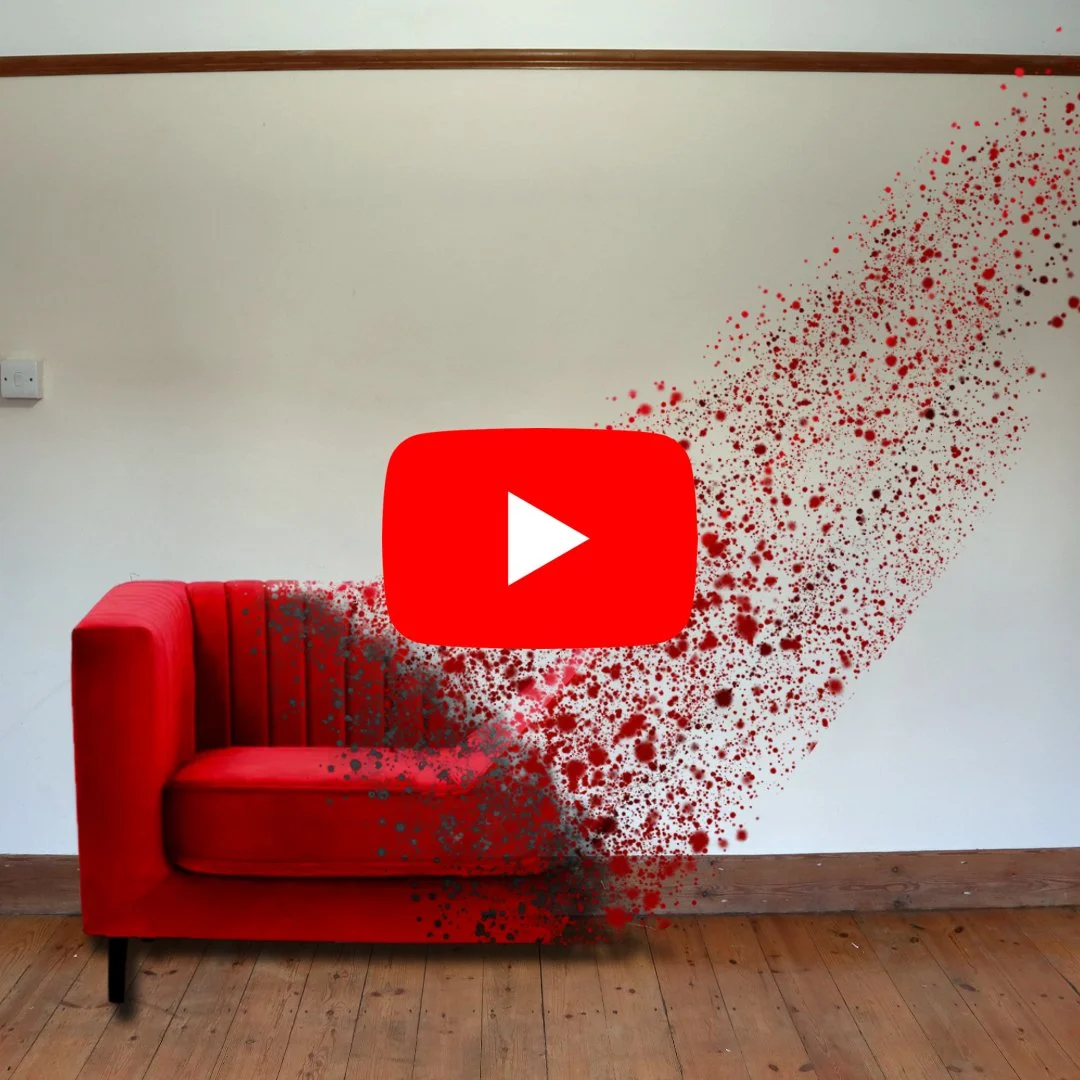We may be able to regrow our cartilage
An interesting study was published this month which has shed light on the process of joint tissue repair and regeneration in humans which mirrors the ability of zebrafish and salamander to regrow limbs. Our current understanding is that human cartilage cannot regenerate itself, or at least, only to a very limited degree and is why repetitive joint injuries often lead to the breakdown of cartilage and eventually, osteoarthritis. Researchers have found molecules in the body which encourage the growth of new proteins in connective tissue, which could lead to treatments being developed for osteoarthritis and even speculate that in the more distant future, it could even ‘establish a basis for human limb regeneration’.
The team of researchers used ‘internal molecular clocks’ to determine the age of proteins, based on how many times an amino acid has been converted into another type of amino acid. Newly created proteins in tissue have few or no amino acid conversions; older proteins have many. They used mass spectrometry to identify when key proteins in human cartilage, including collagens, were young, middle-aged or old. Molecules called microRNA regulate this process and are found in animals who are able to regrow and repair their own limbs, tails or fins, such as lizards and salamanders. These microRNAs are also found in humans and it varies significantly in depth and location: higher in the top layer of cartilage compared to deeper layers of cartilage and higher in ankles compared to knees and hips.
They found that the age of cartilage largely depended on where it resided in the body. Cartilage in ankles is young, it’s middle-aged in the knee and old in the hips. This correlation between the age of human cartilage and its location in the body aligns with how limb repair occurs in certain animals, which more readily regenerate at the furthest tips, including the ends of legs or tails.
Cartilage repair appears to be more robust in ankle joints and less so in hips which could help explain why knee and hip injuries take a long time to recover and often develop into arthritis, while ankle injuries heal quicker and less often become severely arthritic. This has potentially huge implications for athletes or people with joint injuries. MicroRNA could be injected into joints or developed into treatments that prevent or reverse osteoarthritis, the most common joint disorder in the world.
“We believe we could boost these regulators to fully regenerate degenerated cartilage of an arthritic joint…this is a fundamental mechanism of repair that could be applied to many tissues, not just cartilage” senior author Prof Virginia Byers Kraus said.
While the results do not suggest that scientists have figured out how to regrow human limbs, the findings at the very least provide a basis for exploring novel cartilage regeneration strategies.
- F
REFERENCE
Hsueh, M-F. et al. Analysis of “old” proteins unmasks dynamic gradient of cartilage turnover in human limbs. Science Advances (2019). DOI: 10.1126/sciadv.aax3203










What are the most common misconceptions about furniture free? Well these are my top three!